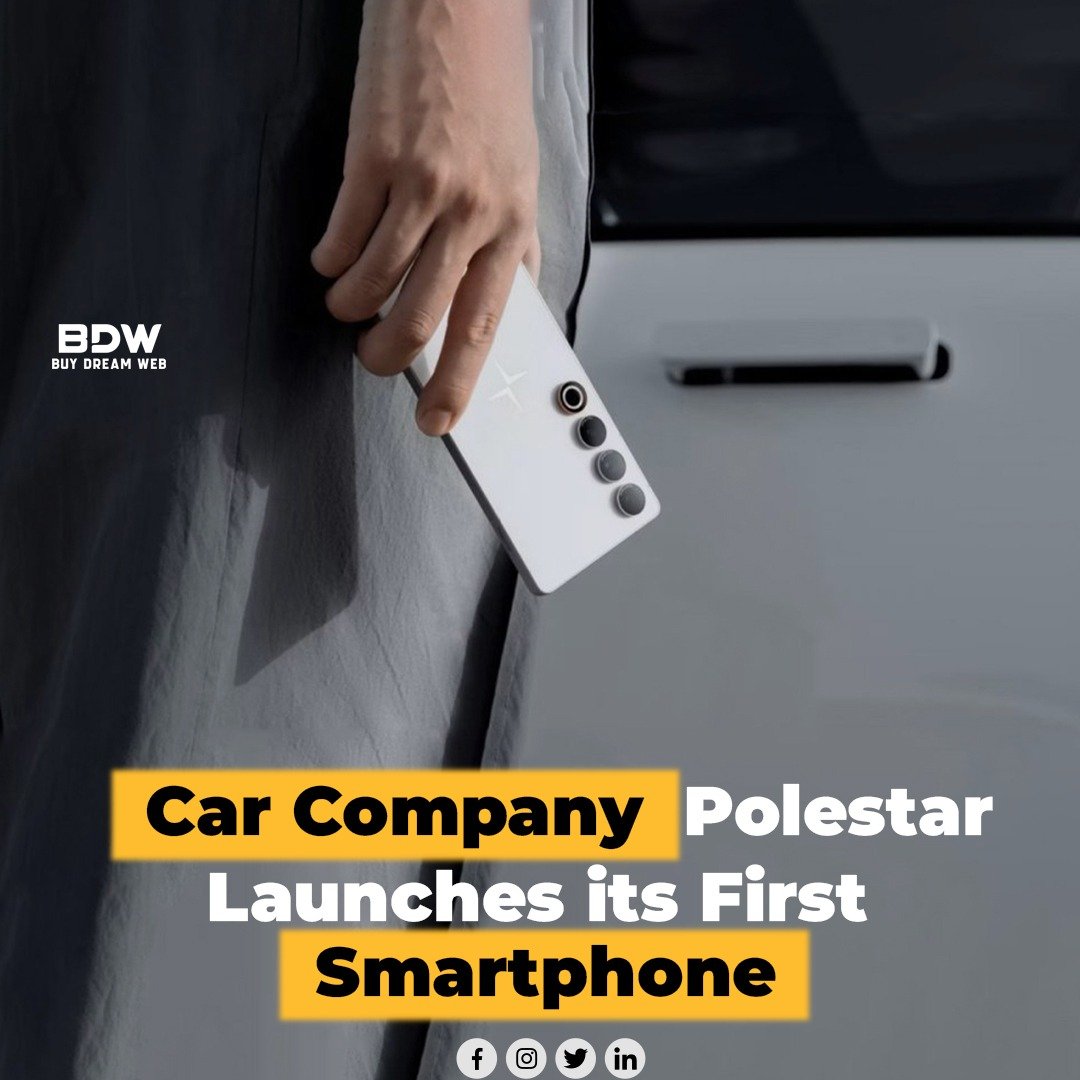Say Goodbye to Gas Station Lines: Scientists Develop Battery with Lightning-Fast Charging
The wait for a full charge might soon become a relic of the past. A recent breakthrough from researchers at the Korea Advanced Institute of Science and Technology (KAIST) has the potential to revolutionize the way we power our devices. They’ve developed a new type of battery that can be charged in mere seconds, a game-changer for electric vehicles, consumer electronics, and the entire energy landscape.
The Problem with Current Batteries: A Slow Grind
Lithium-ion batteries, the current workhorses powering everything from smartphones to laptops and electric cars, have their limitations. While they offer a significant improvement over older battery technologies, charging times remain a major bottleneck. Imagine waiting just a few minutes to fill up your electric car instead of hours – that’s the kind of future this new battery technology promises.
Sodium Steps Up: A Sustainable and Speedy Alternative
The KAIST team focused on sodium-ion batteries, a promising alternative to lithium-ion. Sodium is a much more abundant element than lithium, making it a more sustainable and potentially cheaper option. However, traditional sodium-ion batteries have suffered from slow charging speeds and lower energy density compared to their lithium counterparts.
The KAIST researchers tackled these challenges by creating a “hybrid” battery. They combined electrode materials typically used in batteries with those found in supercapacitors. Supercapacitors are known for their ability to store and release energy rapidly, but they lack the long-term energy storage capacity of batteries. This innovative design allows the new battery to achieve both rapid charging and high energy density.
Breaking the Speed Barrier: Seconds, Not Hours
The results are truly impressive. Early prototypes of the KAIST battery can be charged in just seconds, a significant leap from the hours currently required for most electric vehicles. This lightning-fast charging capability could eliminate range anxiety, a major concern for many potential electric car buyers. Imagine being able to top off your car battery during a quick coffee break – a scenario that could become a reality with this new technology.
Beyond Electric Vehicles: A Broader Impact
The implications of this breakthrough extend far beyond electric vehicles. Imagine never having to worry about a dead phone again. Laptops, tablets, and even wearables could all benefit from this rapid charging technology. The increased efficiency could also lead to a reduction in overall energy consumption, as devices wouldn’t need to be plugged in for extended periods.
Challenges and Considerations: The Road Ahead
While this research is a significant step forward, it’s important to remember that it’s still in the early stages. Here are some key considerations for the future:
- Scalability and Cost: Scaling up production to meet market demands will be crucial. Additionally, the cost of these new batteries needs to be competitive with existing technologies for widespread adoption.
- Safety and Longevity: As with any new technology, safety and long-term performance need to be thoroughly evaluated. Extensive testing will be required to ensure the batteries are safe and can maintain their rapid charging capabilities over time.
- Charging Infrastructure: To fully reap the benefits of these fast-charging batteries, the charging infrastructure will also need to evolve. Development of high-powered charging stations will be necessary to accommodate the rapid charging needs of this new technology.
A Brighter Future for Energy Storage
The development of this fast-charging battery is a significant development with the potential to reshape the energy landscape. It holds immense promise for electric vehicles, consumer electronics, and the broader energy sector. While there are still challenges to overcome, this breakthrough paves the way for a future where charging times become a thing of the past, and efficient energy storage becomes a reality.
Looking Forward: A Sustainable and Connected World
The ability to charge devices in seconds could have a profound impact on our daily lives. It could lead to a significant increase in the adoption of electric vehicles, reducing our reliance on fossil fuels and promoting a more sustainable future. Furthermore, faster charging times for consumer electronics could change the way we use and interact with our devices. Imagine a world where you never have to worry about a low battery again – a world where we are constantly connected and powered by efficient, sustainable energy storage solutions. The KAIST team’s research offers a glimpse into this exciting future, and it will be fascinating to see how this technology evolves and shapes the world of tomorrow.
Article Link: https://interestingengineering.com/

 +44 747720 4635
+44 747720 4635


Comments are closed